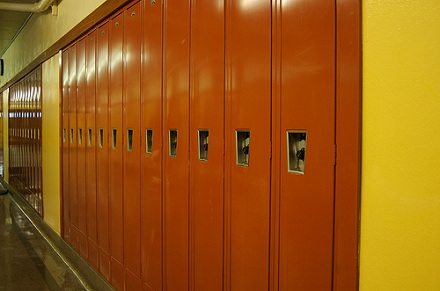
August 25, 2013; Salon
Recalling his decision to accept a teaching position at J.E. Pearce Middle School in Austin, Texas, for the 2002–2003 academic year, John Savage knew he was headed to a “low performing” school, but believed that he had the tenacity to help turn things around. “I chose Pearce because I was going to make a difference; I would do whatever it took to help these kids overcome classism and racism and escape poverty,” he explains in a recent post on Salon. In spite of his own “youthful enthusiasm,” his awareness of model teachers at his own chaotic school, and even the support from an education nonprofit providing supplementary data on the students he was serving, Savage admits that, in the end, he “didn’t have much of an impact.”
Sign up for our free newsletters
Subscribe to NPQ's newsletters to have our top stories delivered directly to your inbox.
By signing up, you agree to our privacy policy and terms of use, and to receive messages from NPQ and our partners.
Certainly, stories of teachers leaving struggling schools are nothing new, but Savage’s account raises the question of whether there might be alternative ways that schools and nonprofits that serve high-poverty students might be able to collaborate in order to offset chaos in order to enhance learning.
Savage points to Austin-based nonprofit Children at Risk for school rankings and notes that in 2012, Pearce ranked in the bottom three percent of middle schools statewide. Savage also adds that, at present, 95 percent of the school’s student population has been designated as “low-income” by federal guidelines. “Segregating our poorest students in high-poverty schools, as we often do, exacerbates the problem,” he argues.
Earlier this year, the Excellence and Equity Commission, an advisory committee to the Secretary of the U.S. Department of Education charged with providing recommendations on the “disparities in meaningful educational opportunities that give rise to the achievement gap,” released “For Each and Every Child: A Strategy for Education Equity and Excellence.” A five-part framework with policy recommendations for local, state, and federal government leaders, the report devotes an entire section to “mitigating poverty’s effects.” As a key point, the report notes the importance of governments aligning “their school finance systems to partner with community-based organizations to improve the quality of the educational experience of students in high-poverty communities and schools.” Presenting reform as a collective effort, the report states, “From teachers and students, all the way up to state and federal policymakers, everyone should be empowered and held responsible.”
In a few years, it is possible that J.E. Pearce will see some improvement. Its web site already boasts a school improvement plan, and Savage seems to have already found a new niche for himself outside the classroom. Hopefully, the commission’s report will also have the lasting effect of reducing teacher turnover and increasing success in high-poverty schools.—Anne Eigeman













